
Night vision binoculars have become increasingly popular for various activities, including hunting, surveillance, and outdoor adventures. In this comprehensive guide, I’ll cover the essentials of night vision binoculars, their features, and some top recommendations.
Why Use Night Vision Binoculars?
Night vision binoculars enhance visibility in low-light or dark conditions, making them essential for:
- Hunting: Spotting game at night.
- Surveillance: Monitoring areas without ambient light.
- Outdoor Adventures: Exploring nature after sunset.
Key Considerations When Choosing Night Vision Binoculars
- Purpose: Consider how you’ll use the binoculars. If it’s for wildlife viewing, choose a lightweight and portable option.
- Magnification: Opt for a suitable magnification level based on your needs.
- Usability: Evaluate ease of use, comfort, and ergonomics.
- Requirements: Align features with your specific requirements (e.g., hunting, wildlife observation).
- Dimensions: Check the size and weight for portability.
- Models: Research different models and compare their specifications.
- Certification: Look for certified and approved binoculars.
- Budget and Comfort: Balance cost with comfort and performance.
Top Night Vision Binoculars (2024)
1. Best Overall: Bushnell Nightvision Equinox Z2
- Monocular style with 6x magnification.
- Trusted optics brand.
- Improved picture quality and reasonable price.
2. Best with a Camera: ATN BinoX 4K 4-16x
- Combines night vision with camera functionality.
- High-resolution imaging.
- Ideal for capturing moments during nighttime adventures.
3. Best High End: Armasight Discovery 5x Gen 2+
- Premium quality.
- Gen 2+ technology for superior performance.
- Excellent for professional use and serious enthusiasts.
Remember, the best choice depends on your specific needs and budget. Happy night vision exploring! 🌙🔭
What are the different generations of night vision technology?
Generations of Night Vision Technology:
Night vision technology has evolved over the years, resulting in different generations of devices:
- Generation 0 (Gen 0): The original night vision generation used during World War II. It relied on active infrared illumination, which projected infrared light beams to create an image. However, it suffered from image distortion and tube destruction.
- Generation 1 (Gen 1): Introduced in the early 1960s, Gen 1 devices depend on ambient light rather than infrared. They are affordable but have limitations like lower resolution, shorter battery life, and dependence on built-in IR illuminators.
- Generation 2 (Gen 2): A significant improvement over Gen 1, Gen 2 devices offer better quality and longer life expectancy. They use electron multiplying tubes and perform well in low-light conditions.
- Generation 3 (Gen 3): Arriving in the early 1990s, Gen 3 features gallium arsenide photocathodes. These devices provide exceptional performance, extended lifespan, and improved image clarity.
- Generation 4 (Gen 4): Still relatively rare, Gen 4 devices enhance performance further, especially in extremely low-light situations. They often incorporate filmless technology and offer superior image quality.
How to maintain and clean my night vision binoculars?
Maintaining and Cleaning Night Vision Binoculars:
Proper care ensures your night vision binoculars perform optimally:
- Read the Manual: Familiarize yourself with the manufacturer’s instructions. Understand limits, weather conditions, and battery recommendations.
- Avoid Bright Light: Exposure to bright light can harm night vision. Keep away from flashlights, cigarettes, and other intense light sources.
- Storage: Store binoculars in a dry, clean place. Consider using a desiccant to prevent moisture.
- Prompt Cleaning: Clean dirty spots promptly using a microfiber cloth. Avoid using water or harsh chemicals.
Recommend any budget-friendly options
Budget-Friendly Options:
If you’re looking for affordable night vision binoculars:
- Best Budget: Gthunder GlassOwl True IR Night Vision: Priced under $200, it’s a great entry point into night vision technology.
- Other Options: Consider Nightfox Swift Night Vision Goggles for hunting or explore the Night Owl Optics XGEN 2X Digital Monocular for a low-cost digital option.
Remember, choose the generation and features that align with your specific needs and budget. Happy night vision adventures! 🌙🔭
What are the best night vision binoculars for wildlife observation?
Best Night Vision Binoculars for Wildlife Observation:
When it comes to wildlife observation, having reliable night vision binoculars is essential. Here are some top options:
- Bushnell Equinox Z Digital Night Vision Binoculars: These use digital technology to enhance images in low light. They come in various magnification options and often include infrared illumination for complete darkness. Some versions even allow you to capture photos or videos.
- Armasight Dark Strider Gen 1+ Night Vision Binoculars: A solid choice for entry-level night vision. Gen 1+ technology provides decent performance at an affordable price.
- Sightmark Ghost Hunter 2×24 Night Vision Binoculars: Lightweight and compact, these binoculars offer good clarity for nighttime wildlife viewing.
- ATN Binox 4K Smart Day/Night Binoculars: Combining night vision with camera functionality, these are versatile for capturing wildlife moments.
- Pulsar Edge GS Super 1+ 2.7×50 Night Vision Binoculars: Known for their wide field of view and clear images, these are great for spotting animals in the dark.
- Firefield FF25023 Tracker Night Vision Binoculars: Affordable and reliable, suitable for beginners or occasional wildlife enthusiasts.
How to calibrate your night vision binoculars?
Calibrating Night Vision Binoculars:
Calibrating your binoculars ensures optimal focus. Follow these steps:
- Locate the Diopter Ring: Usually found on the right eyepiece, it adjusts for differences between your eyes.
- Reset to Zero: Start with the diopter at zero to avoid confusion.
- Cover One Barrel: Cover either the left or right barrel to focus on one eye.
- Adjust Center Focus Wheel: Focus on a distant object. If blurry, adjust the center focus wheel until the image appears crisp.
- Repeat for the Other Eye: Uncover the other barrel and repeat the process.
Telling more about Gen 4 technology.
Generation IV (Gen 4) Nuclear Reactors:
Gen 4 reactors are successors to Gen 3 designs, aiming for improved safety, efficiency, and cost. Six technologies were selected:
- Gas-Cooled Fast Reactor (GFR): Uses helium as a coolant.
- Very-High-Temperature Reactor (VHTR): Operates at higher temperatures for efficient hydrogen production and carbon-neutral fuels.
- Molten Salt Reactor (MSR): Offers inherent safety features.
- Sodium-Cooled Fast Reactor (SFR): Uses liquid sodium as a coolant.
- Supercritical-Water-Cooled Reactor (SCWR): Operates above water’s critical point.
- Lead-Cooled Fast Reactor (LFR): Uses lead as a coolant.
Remember, choose binoculars that suit your specific needs, and happy wildlife observation! 🌿🔭
What are the advantages of Gen 4 over previous generations?
Advantages of Generation IV (Gen 4) Night Vision Technology:
Gen 4 night vision technology offers several improvements over previous generations:
- Resolution: Gen 4 devices provide higher resolution images, allowing for clearer details even in low-light conditions.
- Signal-to-Noise Ratio: Improved signal-to-noise ratio reduces image noise and enhances overall quality.
- Filmless Technology: Gen 4 tubes are filmless, eliminating the ion barrier film and resulting in brighter images.
- Extended Lifespan: Longer tube life compared to Gen 3.
- Reduced Halo Effect: Minimized halo effect around bright light sources.
- Better Performance in Extreme Low-Light Situations: Ideal for professional use and serious enthusiasts.
How to choose the right magnification for wildlife observation?
Choosing the Right Magnification for Wildlife Observation:
Magnification impacts your viewing experience. Here are some guidelines:
- Low Magnification (2x to 7x): Wider field of view, suitable for birdwatching and sports events. Bright images, but limited detail for distant subjects.
- Medium Magnification (8x to 12x): Balances detail and field of view. Excellent for birdwatching and wildlife observation. Examples include Nikon Monarch 8×42 and Vortex Diamondback HD 10×42.
- High Magnification (10x or higher): Provides detailed views but requires a steady hand. Useful for specific scenarios like hunting or long-range observation.
Telling more about infrared illumination in night vision binoculars.
Infrared Illumination in Night Vision Binoculars:
Infrared (IR) illumination allows night vision binoculars to see in complete darkness.
How it works:
- IR light is invisible to the human eye but can be detected by night vision sensors.
- Some night vision binoculars use reflected IR light, converting it into visible light for viewing.
- IR illuminators emit infrared light to enhance visibility in pitch-black environments.
IR illumination extends the effective range of night vision devices and is crucial for wildlife observation, surveillance, and stargazing.
Choose your magnification wisely, and explore the night with enhanced vision! 🌙🔭
What are the limitations of Gen 4 technology?
Limitations of Generation IV (Gen 4) Technology:
Gen 4 reactors offer significant improvements over previous generations, but they still have some limitations:
- Cost: Gen 4 reactors can be expensive to develop and build due to their advanced features and safety enhancements.
- Complexity: Their intricate designs require specialized expertise for operation and maintenance.
- Availability: As of now, Gen 4 reactors are not widely deployed, so their availability is limited.
- Regulatory Challenges: Meeting stringent safety regulations can be challenging during the licensing process.
How to maintain night vision binoculars with IR illuminators?
Maintaining Night Vision Binoculars with IR Illuminators:
Proper maintenance ensures optimal performance:
- Clean Lenses: Use a microfiber cloth to clean lenses gently. Avoid water or harsh chemicals.
- Check Batteries: Regularly inspect and replace batteries to ensure consistent IR illumination.
- Storage: Store binoculars in a dry, cool place to prevent moisture damage.
- Avoid Impact: Handle with care to prevent damage to internal components.
- Test IR Illuminators: Test the IR illuminators periodically to verify functionality.
- Read the Manual: Follow manufacturer guidelines for specific maintenance instructions.
Telling more about thermal imaging in night vision devices.
Thermal Imaging in Night Vision Devices:
Thermal imaging differs from traditional night vision:
- Principle: Night vision amplifies visible light, while thermal imaging detects temperature differences.
- Thermal Energy: Thermal cameras capture heat (infrared energy) emitted by objects.
- Heat Signatures: Different materials emit varying levels of thermal energy, creating unique heat signatures.
- Image Creation: Thermal imagers display these temperature differences as shades of grey or colors.
- Day and Night: Thermal cameras work effectively regardless of lighting conditions.
- Contrast Creation: Thermal imaging creates its own contrast, making it ideal for 24-hour use.
Remember, Gen 4 technology and thermal imaging offer exciting advancements in various fields! 🌟🔍
What are the applications of thermal imaging beyond night vision?
Applications of Thermal Imaging Beyond Night Vision:
- Electrical Inspections: Thermal imaging detects overheating components, faulty connections, and insulation gaps in electrical systems.
- Building Diagnostics: It identifies energy inefficiencies, moisture intrusion, and structural defects.
- Search and Rescue: Thermal cameras detect body heat signatures even in challenging environments.
- Wildlife Conservation: Researchers use thermal imaging to study animal behavior and track wildlife at night.
How to choose between infrared and thermal binoculars?
Choosing Between Infrared and Thermal Binoculars:
Infrared Binoculars:
- Amplify visible light for enhanced night vision.
- Detect objects regardless of heat emission.
- Ideal for civilian use, wildlife observation, and camping.
Thermal Binoculars:
- Rely on heat signatures for clear vision in total darkness.
- See through fog, smoke, and adverse weather conditions.
- Suitable for hunting, security, and law enforcement.
Telling more about digital vs. analog night vision technology.
Digital vs. Analog Night Vision Technology:
Digital Night Vision:
- Uses CMOS or CCD sensors found in digital cameras.
- High-performance sensors with ISO adjustments for low-light performance.
- Displays colored images and can record video.
Analog Night Vision:
- Operates with image intensifier tubes.
- Converts incoming light into electrons and multiplies them for intensification.
- Advances in tube quality over the years, with improved performance.
Remember, choose based on your specific needs and preferences! 🌙🔭
What are the best thermal binoculars for outdoor adventures?
Best Thermal Binoculars for Outdoor Adventures:
When choosing thermal binoculars for outdoor adventures, consider factors like detection range, battery life, and image quality. Here are some top picks:
Editor’s Choice: ATN Binox 4T 640
- Magnification: 2.5-25×50
- Resolution: 640×480 px
- Detection range: 1000 yd
- Battery life: 16 hours
- Features: Internal SD card, full HD video recording, IR illuminator.
Best Value: ATN BINOX 4T 384
- Magnification: 1.25-5×
- Detection range: 1000 yd
- Battery life: 15 hours
- Features: Laser rangefinder, HD view.
Best for Beginners: RIX AURORA A3
- High-end detectors
- 35mm F1.0 infrared lens for uncompromising image quality
- Integrated 2.5× eyepieces
- 24 hours of uninterrupted operation.
How to maintain night vision equipment during extreme weather conditions?
Maintaining Night Vision Equipment During Extreme Weather:
Extreme weather can impact night vision equipment. Follow these tips:
- Temperature: Avoid extreme cold or heat. Store equipment properly.
- Moisture: Keep devices dry. Use protective cases or covers.
- Battery Care: Cold weather reduces battery life. Carry spares.
- Lens Cleaning: Use a microfiber cloth. Avoid water or harsh chemicals.
- Storage: Store in a cool, dry place when not in use.
Telling more about image intensifier tubes in analog night vision.

Image Intensifier Tubes in Analog Night Vision:
Image intensifier tubes (IITs) amplify available light to produce visible images.
How they work:
- Photons from a low-light source hit a photocathode, releasing electrons.
- Electrons accelerate through a high-voltage potential into a microchannel plate (MCP).
- Secondary cascaded emission occurs in the MCP, amplifying electrons.
- Electrons strike a phosphor screen, producing visible light for viewing.
Analog night vision devices use IITs to create real-time images without cameras.
Choose your gear wisely and enjoy your outdoor adventures! 🌄🔭
FAQs
FAQ 1: Can I use night vision binoculars during the day?
Yes, but it’s not recommended as the bright sunlight can damage the device.
FAQ 2: Are all night vision binoculars waterproof?
No, not all night vision binoculars are waterproof. Check the specifications of the model you’re interested in for this feature.
FAQ 3: What is the range of night vision binoculars?
The range varies depending on the model. It can be anywhere from a few feet to several hundred yards.
FAQ 4: Do night vision binoculars require any special training to use?
No, basic operation is straightforward, but it’s a good idea to read the user manual for specific instructions.
FAQ 5: Can I record what I see through night vision binoculars?
Some models come with recording capabilities, but not all of them have this feature. Check the product description for details.
In conclusion, night vision binoculars are valuable tools that provide enhanced vision in low-light conditions, offering benefits across various activities and industries. By considering your specific needs and carefully selecting the right pair, you can unlock a world of nighttime exploration and security.



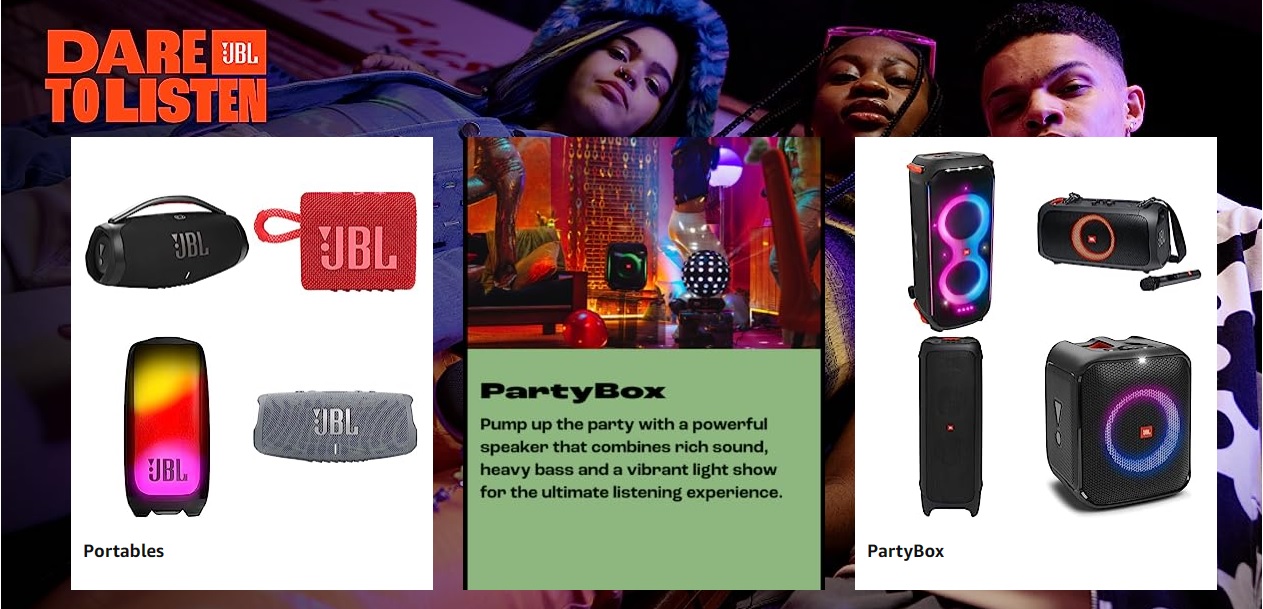
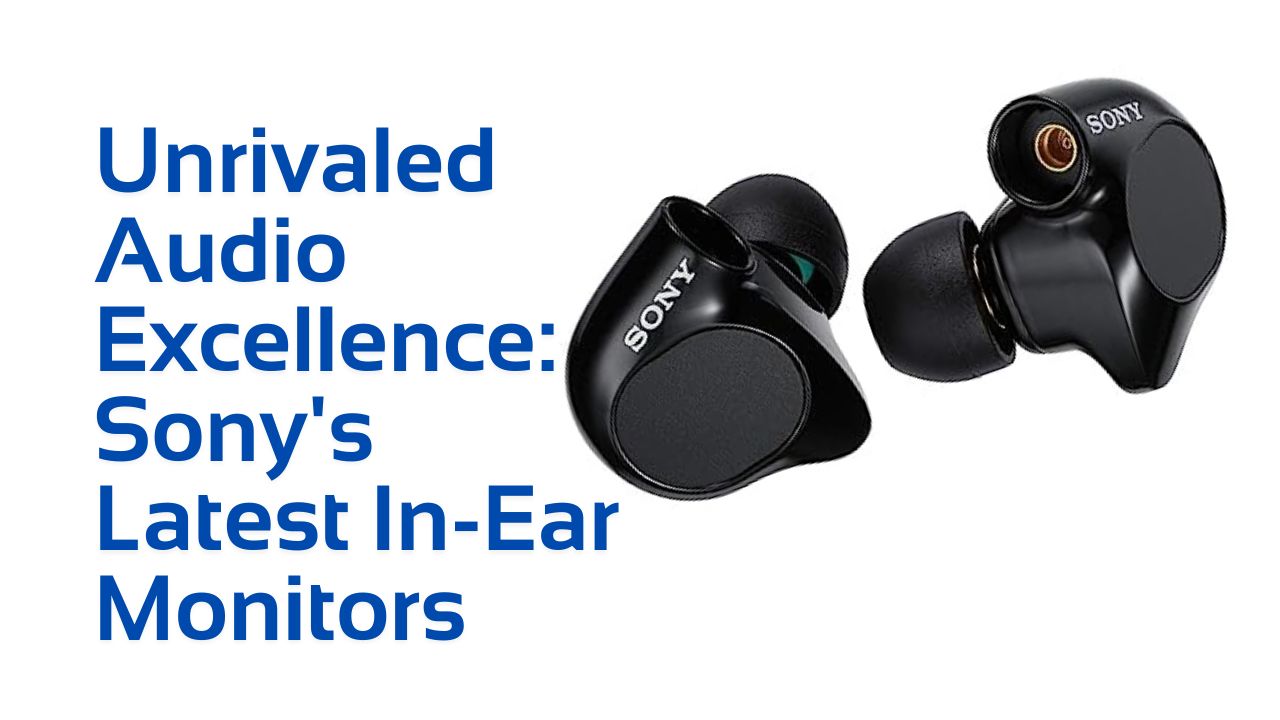
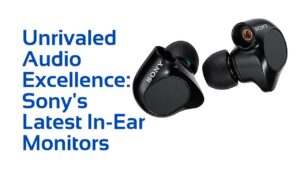
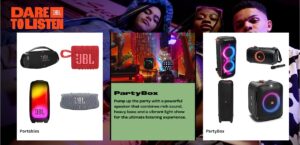








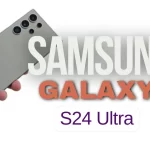


You could definitely see your expertise in the work you write. The arena hopes for even more passionate writers like you who aren’t afraid to say how they believe. Always go after your heart. “We may pass violets looking for roses. We may pass contentment looking for victory.” by Bern Williams.
fantastic points altogether, you simply gained a new reader.
What could you recommend about your submit that you made
some days ago? Any certain?